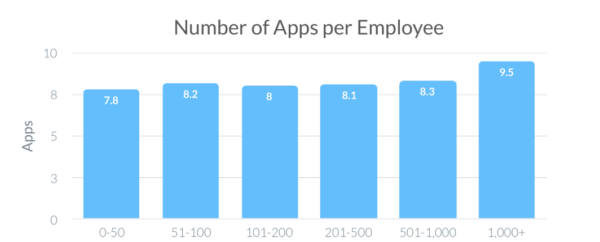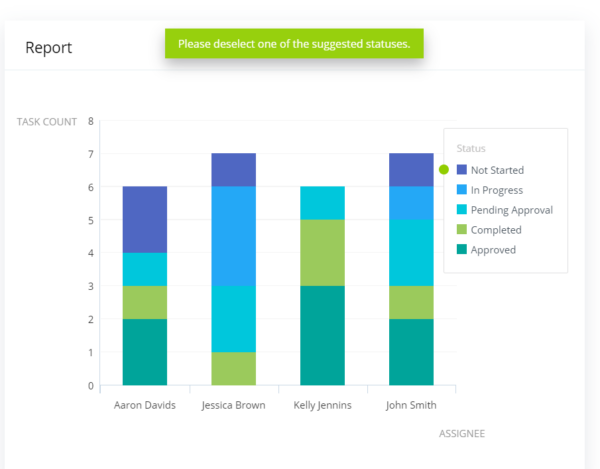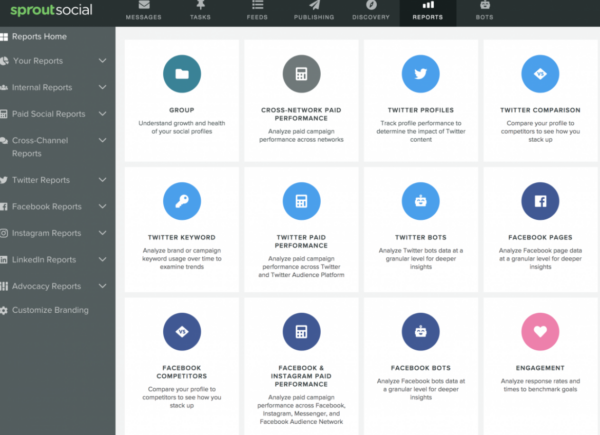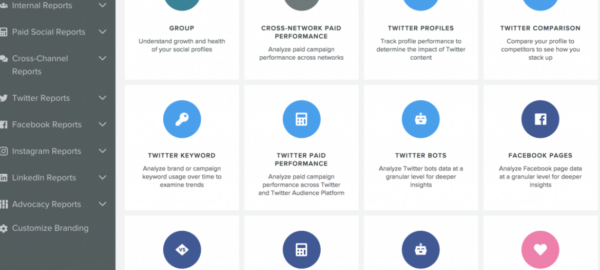Every day employees are being inundated with new business apps like peer to peer video conferencing. All claim to boost productivity and help users engage better, become more organized, and be more effective in their work. In recent years, even more tools have emerged, many designed to help employers when it comes to managing remote teams.
In fact, there are so many apps to choose from that it’s getting increasingly difficult to identify which tools are the most relevant or useful.
Some systems are essential to your organization. For example, if you’re an online retailer, adopting robust omnichannel retail software is crucial to the running of your business.
Other tools, however, may not be so useful. Without due consideration, users can end up with a host of extraneous tabs on their browsers. And with so many online tools competing for a user’s attention, they could be distracting workers from essential tasks — thereby actually decreasing productivity.
A recent study revealed that the average employee switches between eight apps every day.

It’s essential not to throw too much software at a problem without looking at the inefficiencies they could be causing.
In order to make sure you have the right tools for the right tasks, make sure you analyze your business processes. Without realizing it, you could be using multiple apps to solve the same problem.
Look for apps that are designed to solve particular problems. For example, if you need to find a way to showcase your products remotely, you could use an app that lets you set up a virtual trade show.
As well as more specific apps like those, you’ll also benefit from having a high quality set of apps to facilitate general day-to-day office or remote activities. In this post, we’ll discuss these types of programs — the tools you should be adopting in order to boost your overall productivity.
We’ll outline what to look for in each tool so you can find the right solutions for your company.
CRM Tools
Since customers are the backbone of any business, you’ll need a customer relationship management (CRM) system. A CRM will help you maximize your existing interactions with customers, as well track leads across the sales funnel. With the ability to target high-value buyers you’ll be able to boost revenue.
These tools put your customers centre-stage, organizing their details and transactions as well as detailing all their previous transactions in one place. CRM software can also enable you to categorize customers per their expectations.
It’s worth choosing a CRM that can integrate with multiple third-party systems, such as your contact centre software, so you can keep interactions across all channels as seamless as possible.
Project Management Tools
Day-to-day business is essentially made up of a series of projects to complete. This is especially true if you are a client-facing company and manage things like construction or web development for other organizations. Or even sending out multiple email alternatives. So, software that helps you to handle projects with ease is essential.
Project management software allows you to track time, communicate, schedule, and manage documents. When choosing a project management tool, look for one that offers visual enhancers in the form of charts, Kanban boards, and calendars. These make it easier to map out project outlines, assign tasks, and set realistic milestones and deadlines.
Time Tracking Tools
Poor productivity often boils down to a lack of good time management, so time tracking tools are a must in order to run a more efficient operation. These apps will allow you to measure the minutes and hours employees spend on tasks. They help to eliminate procrastination, and ensure precious time is not wasted on unimportant tasks. When used properly, these tools should help you to:
- Measure and document hours worked
- Provide accurate data for payroll
- Identify the best metrics around measuring and increasing productivity
- Make productivity a company-wide priority
Wrike is an example of good time-tracking software. It can log the hours spent on tasks, as well as consolidate the finished tasks in a timesheet. It’s also a useful tool for billing clients.

Image source: Wrike
Communication Tools
Research shows businesses that manage to improve communication between employees will typically improve efficiency. So, finding the right communication apps is critical. These tools enable workers to have conversations in real time (essential in these days of remote working), and allow information to get relayed faster.
When it comes to keeping in touch with customers, many companies are finding SMS software invaluable, too, so consider a solution that offers this as a feature.
When selecting communication tools, look for those that can support multiple channels. This can make it convenient for employees to converse via phone, live chat, email, or video conferencing, depending on their needs at the time. If you’re planning to host a virtual conference, opt for a tool that can enable communication between large numbers of people.
At the very least, your selected tool should be able to:
- Help teams exchange data and discuss issues in real time
- Integrate with existing systems so information can pass seamlessly from one to another
- Be able to exchange files in numerous formats
- Keep sensitive data secure (e.g. by setting permissions)
If your staff are working from a home office they can stay connected, too.
Email Management Tools
Email remains a staple of the workplace and is one of the preferred methods of communication by customers to stay in touch with retailers. This is especially utilized when it comes to ecommerce email marketing.

That fact alone makes it sensible to have an email management tool so a team can stay afloat amidst reams of inbound emails. This kind of tool is also helpful when tracking and responding to email requests, ensuring no important messages get overlooked. Look for a tool that can:
- Issue email receipts and minimize spam
- Send out needed the much needed follow up email
- Give you enhanced data via intelligent analysis – enabling you to deep dive email content
- Archive and find emails quickly
Collaboration Tools
All projects require collaboration – even simple tasks require at least two people’s attention. This makes collaboration software a must-have. These apps can help make sharing, processing, and managing shared documents easier. They can also help geographically distant entities such as remote sales teams keep track of their tasks and be on the same page all the time.
The main aspects of a good collaboration tool are that they:
- Make communication more effective
- Keep exchanges of information documented where everyone can see the updates
- Facilitate team meetings
- Keep data centralized for easier retrieval
- Overcome common communication obstacles – in order to facilitate cross-team collaboration
- Identify problems as they arise
A good collaboration tool will also enable you to manage workflows and organize tasks for more streamlined work processes. Look out for collaboration tools with inbuilt reporting tools, too – they can enable you to identify bottlenecks and monitor performance metrics.
File Sharing Tools
Documents are part and parcel of a working day, so you’ll need an app to help you share and archive files securely. File sharing tools should support a wide range of file formats from text docs to images, videos and audio recordings. A good file sharing tool should enable teams to access the files they need when they need them.
When you’re managing a remote content team, for example, you’ll want a tool that can:
- Enable the distribution and sharing of documents easily
- Make comparisons between documents and pinpoint changes
- Allow access to the latest versions of documents
- Store all types of files securely
Social Media Management Tools
In modern day business, there’s a necessity of having to work with multiple social media channels, and this can take up an excessive amount of time. Social media management programs can take the headache out of managing several different networks by allowing you to consolidate your accounts into one hub.

This means you can track inbound and outbound social mentions of your brand and carry out social marketing campaigns. Good social media management tools should also allow you to measure your social media presence across all networks, all in one place. Look for tools that:
- Allow you to automatically post in real-time to multiple channels
- Monitor social media conversations and give you information about your customers
- Allow you to carry out simultaneous actions on LinkedIn, Twitter, Facebook, and other networks in just a couple of clicks
A good social media management system will also enable team working via collaboration and reporting features.
There are so many choices when it comes to selecting the right tools to boost employee productivity. As well as generic content and collaboration tools there are also many tools aimed at solving specific problems. For example, hiring software is designed to facilitate the recruitment process.
Whichever tools you choose, make sure they’re ‘best in class’ and offer you the functions you will actually use.
Business & Finance Articles on Business 2 Community
(39)
Report Post





